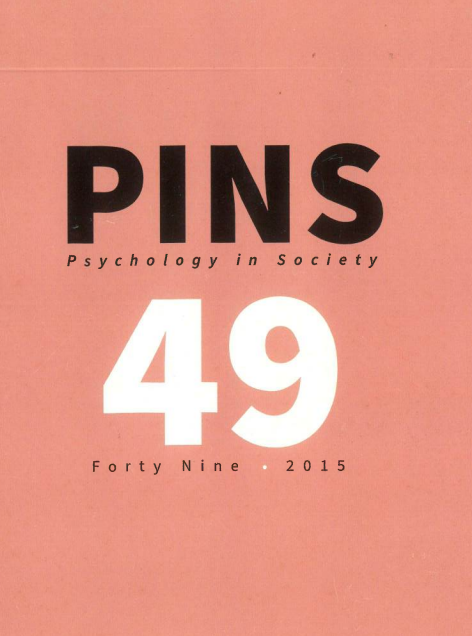Reflections on social cohesion in contemporary South Africa
DOI:
https://doi.org/10.17159/2309-8708/2015/n49a5Abstract
Social cohesion has become an important construct in South African society in recent years. It has a fairly short history, appearing predominantly in the post-apartheid period and more specifically in the period around 2012 when the Department of Arts and Culture (the government department responsible for drafting the social cohesion strategy) hosted a social cohesion summit and adopted social cohesion and nation building strategy (DAC, 2012). In 2014 a social cohesion summit was held and a second report back on the 2014 social cohesion summit was then held in 2015 along with other related activities such as presentations to parliament on social cohesion by the Department of Arts and Culture. Since this process began the concept has become particularly commonplace and whilst it is used by many across government and non-governmental sectors I want to concentrate here on the ways in which it is used by the Department of Arts and Culture in official strategies and formal speeches. Social cohesion is connected to several related concepts which I will only be able to mention briefly in order to consider why social cohesion may have emerged as important in this moment. Most significantly, I want to suggest that the use of social cohesion at this point in time should not be unproblematically celebrated. Rather we need to question why we want social cohesion, in what forms, and what it might offer to whom at this moment in South African history.
Downloads
Downloads
Published
How to Cite
Issue
Section
License
This journal is an open access journal, and the authors' and journal should be properly acknowledged, when works are cited.
Authors may use the publishers version for teaching purposes, in books, theses, dissertations, conferences and conference papers.
A copy of the authors’ publishers version may also be hosted on the following websites:
- Non-commercial personal homepage or blog.
- Institutional webpage.
- Authors Institutional Repository.
The following notice should accompany such a posting on the website: “This is an electronic version of an article published in PINS, Volume XXX, number XXX, pages XXX–XXX”, DOI. Authors should also supply a hyperlink to the original paper or indicate where the original paper (http://www.journals.ac.za/index.php/pins) may be found.
Authors publishers version, affiliated with the Stellenbosch University will be automatically deposited in the University’s’ Institutional Repository SUNScholar.
Articles as a whole, may not be re-published with another journal.
The copyright of the article(s) lies with the author(s).
The copyright of the journal lies with PINS-psychology in Society.
The following license applies:
Attribution CC BY-NC-ND 4.0 - https://creativecommons.org/licenses/by-nc-nd/4.0/

